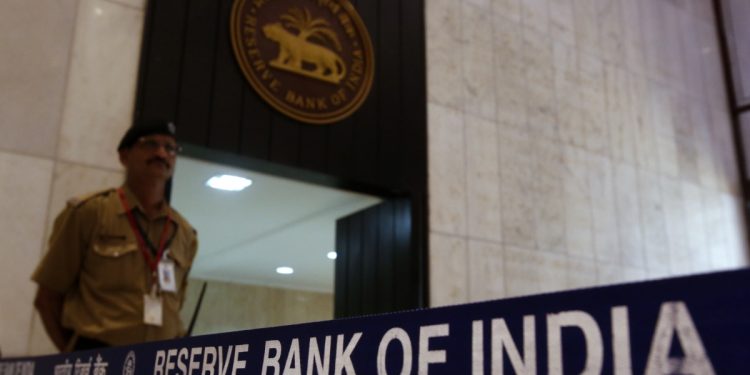Praveen Kumar Mohanty
A poison pill strategy is adopted by a target company to thwart hostile takeover attempts. In simple terms, such strategies create big disincentives for the acquirer by raising the cost of acquisition. For the past few months RBI Governor Urjit Patel had been fighting a losing battle to protect Reserve Bank from ‘takeover’ by the finance ministry. Unfortunately for Patel the RBI Act under section 7, although never exercised, provides for such interference. His resignation was meant to be the perfect poison pill to stop North Block from (figuratively) taking over the RBI.
A hostile takeover is a situation where the management of the target company is against the takeover. In this instance, the RBI Management, comprising the Governor and the four Deputy Governors, used all possible means available to it — including the court of people’s opinion — to signal its opposition to the blatant threats by the Finance Ministry to compromise the RBI’s policy-making powers. The ministry wants the RBI to be managed by a Board, and the central bank to follow its directions on liquidity, to allow defunct PSBs to continue lending, and most important, for the RBI to hand over a large part of its accumulated reserves to the government so that Jaitley can save his fiscal prudence face.
Many central banks are run by their boards. The US Federal Reserve Board has seven members, each appointed for 14 years and they collectively run the Federal Reserve System. There are no external members
Many central banks are run by their boards. The US Federal Reserve Board has seven members, each appointed for 14 years and they collectively run the Federal Reserve System. There are no external members. The European Central Bank is another example. Its Governing Council has six members of the Executive Board and 19 Governors of central banks in the Euro area. These institutions do not have any “independent director” on their Boards. The RBI Board, on the other hand, comprises 21 members — 5 official directors, 2 government officials, 10 government nominated directors, and 4 directors (one each from the local boards of the RBI). Besides the Governor and the four Deputy Governors (official directors), and two government officials, the other directors are drawn from the Indian corporate sector, social sector, academia and retired government officials. The Finance Ministry is of the view that this Board should determine all RBI Policy.
But while the RBI should be independent, there is also a need to ensure that the bank is accountable. First and foremost, it should be accountable to its Board, and second to the Legislature which has created the institution. It is the role of the Board to make the executive management accountable and there can be no argument on that. Accountability is a post-facto parameter, very different from a direct role of the Board in policy-making. It is the fiduciary duty of the Board to hold the RBI accountable for the IL&FS fiasco. Why did the RBI audit of IL&FS not highlight the liquidity problem as well as the various transgressions of prudential norms set by it?
The most contentious issue between the RBI and the government is to do with the demand of the Finance Ministry to hand over Rs 3.6 trillion of RBI’s accumulated reserves. RBI keeps these reserves to deal with a variety of risks — to absorb potential losses on its foreign asset holdings, to shield the economy from monetary and financial shocks, and to perform price and exchange stability functions. While it is argued that the capital RBI holds (Rs 9.6 trillion) is much more than the amount it requires, it is important to keep in mind that black swan like events lie outside the 99.9 per cent confidence levels. However, the RBI could potentially use part of the reserves to offer short-term liquidity to financial institutions such as IL&FS, or to the banking sector reeling under the weight of non-performing assets.
RBI is not a perfect organisation, it is a bloated bureaucracy in need of reforms to quickly react to the dynamism of the financial sector. The blanket ban on cryptocurrencies, while regulators across the developed markets are embracing it, is a case in point. Over the years, over-regulation of the securitisation market has seen the market shrink to levels seen 15 years ago. The RBI has not kept pace with its peers in moving towards a principle-based regulation and towards implementing international standards such as advanced approaches to risk-weighted assets calculations and IFRS9 accounting standards. Unfortunately little has been done on these issues during Urjit Patel’s tenure as governor.
The RBI’s reform agenda is big and it can be legitimately driven from the North Block. It would, however, be difficult to achieve that through an operational board where members have little banking or macroeconomic management experience. Such a move is likely to lead to a slowdown in decision making, as well-entrenched RBI officials react to the intrusion into their institutional independence. That would have disastrous consequences for the financial markets and the economy. Patel perhaps read the writing on the wall and through his exit has made a strong statement on behalf of all RBI staff.
The writer teaches economics and finance at KIIT School of Management, KIIT Deemed to be University.







































